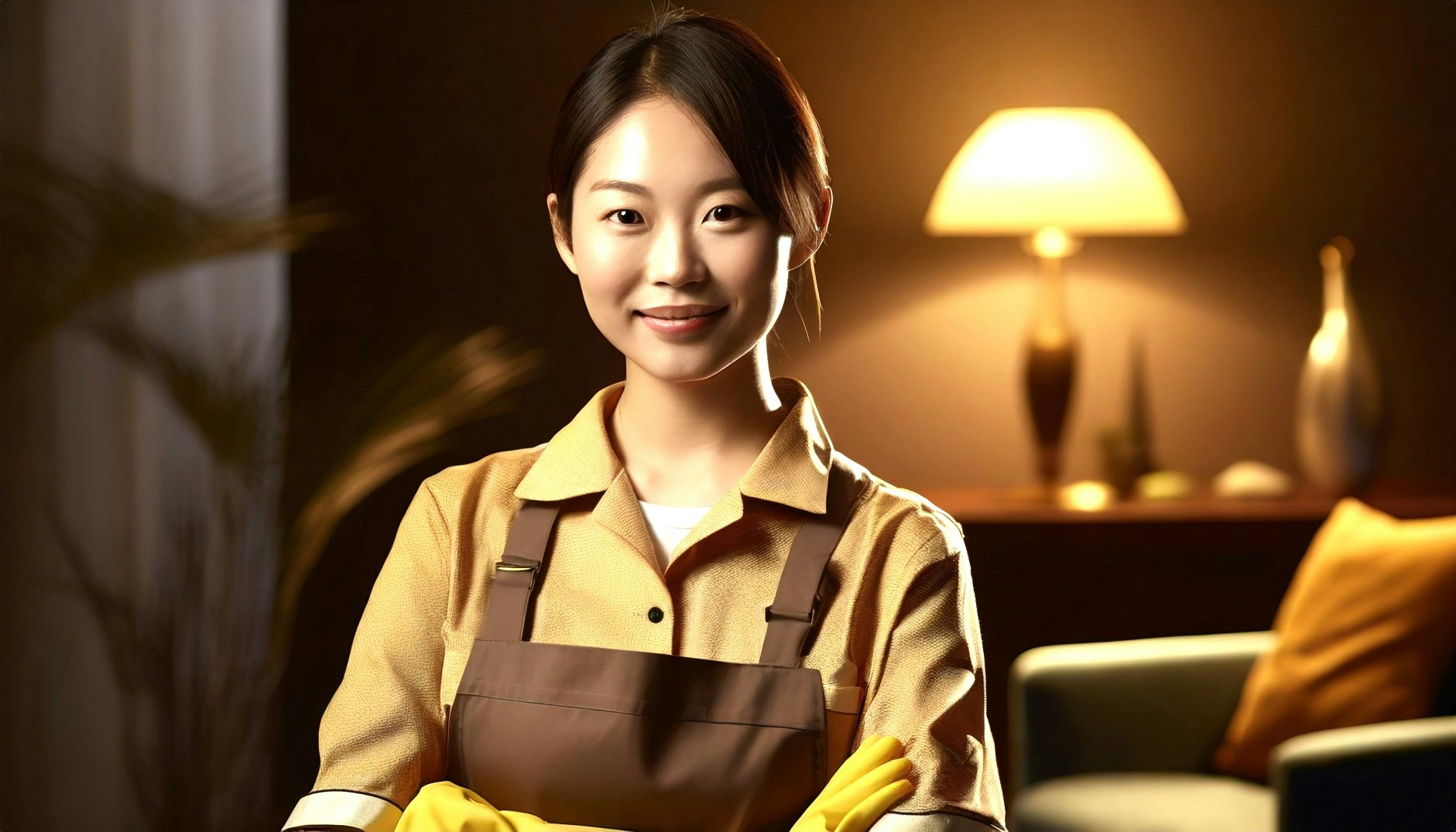Chinese New Year is a time of celebration, family gatherings, and tradition, and one of the highlights of the occasion is the iconic Lo Hei or Yu Sheng. This dish, a colorful mixture of raw fish, vegetables, and a variety of sauces, is tossed and mixed while participants wish each other prosperity, good health, and success in the coming year. However, after the excitement of Lo Hei comes the inevitable cleanup. With its vibrant colors and sauce, cleaning up after Lo Hei can seem like a challenge. But fear not, as we will guide you through the best way to clean up after this festive meal, ensuring that you maintain the spirit of the celebration while preparing your home for the rest of the festivities.
Significance of Lo Hei
Before diving into the cleaning process, it’s essential to understand the significance of Lo Hei. This traditional dish involves a symbolic tossing of ingredients, with each person contributing a wish for good fortune. Tossing the ingredients high is believed to bring prosperity; the higher the toss, the greater the luck. The ingredients typically include slices of raw fish (usually salmon), shredded vegetables, peanuts, sesame seeds, and a variety of sauces. While it’s a delicious and joyful experience, it can also lead to a messy table, and that’s where the challenge comes in.
Cleaning up after Lo Hei involves more than just removing food remnants. It’s about maintaining the celebratory atmosphere and preparing for the upcoming festivities. Here’s how you can effectively clean up and preserve your home and the festive spirit.
Clear the Table Promptly and Carefully
After the joyous Lo Hei celebration, it’s essential to clear the table as quickly as possible to prevent the ingredients from drying and staining. Raw fish, sauces, and vegetables can leave an oily residue, so timely action will help minimize any permanent damage to your tablecloths, countertops, or dining area.
Firstly, you can start by removing the dishes and utensils. Start by carefully picking up the plates, chopsticks, and other utensils for the Lo Hei. Then set them aside for washing. Secondly, scrape the leftovers into a compost bin or trash can. Since Lo Hei contains many fresh ingredients, such as vegetables and fish, it’s better to dispose of these items in a compost bin, if possible. Fish remnants and other organic materials can be disposed of naturally.
Pro Tip:
Avoid scrubbing the table immediately, as sauces can set into the surface. If any sauce is spilled, wipe it off as quickly as possible with a damp cloth to prevent stains.
Clean the Table Surface and Tablecloth
The table is where the action takes place, and it’s often the first area to be splattered with Lo Hei ingredients. Whether you’re using a delicate tablecloth or a hard surface, cleaning it promptly is key to maintaining your home’s appearance.
For a tablecloth, you may always remove it gently and check for any stains. Pre-treat any stains by gently dabbing with a cloth soaked in cold water and mild detergent. If necessary, soak the cloth for 30 minutes before washing it in the machine.
For hard surfaces like wooden tables, start by wiping down the surface with a damp microfiber cloth to remove sticky residues. For glass or metal tables, you may use a mild surface cleaner to get rid of any oil or food traces.
Pro Tip:
Avoid using harsh chemicals on surfaces, especially if you have a wooden table. Natural cleaners like a mix of white vinegar and water can work wonders without damaging the surface.

Clean the Floor
Spills on the floor are common during Lo Hei as everyone gets excited about tossing the ingredients. Whether it’s fish sauce, shredded vegetables, or oily remnants, the floor can end up quite messy. But with the right tools, cleaning up doesn’t need to be a chore.
Start by sweeping the floor; use a broom or a dustpan to collect any larger pieces of food that have fallen onto the floor. Then, mop the area using a suitable cleaner for the type of floor you have. For wooden floors, use a damp mop rather than a wet one to prevent any water damage. For tile or vinyl floors, use a general-purpose floor cleaner to remove any sticky residues.
Pro Tip:
For stubborn stains, like those from soy sauce or oily residue, use a mixture of water and baking soda to scrub the spots gently. The baking soda acts as a natural abrasive and can lift the stains without harming your floor.
Wash the Dishes and Utensils
Once the main cleanup is done, it’s time to focus on the dishes and utensils used during the Lo Hei. These can get pretty greasy, especially if sauces like plum sauce or oil were used.
You may start with pre-soaking the dishes by letting the dishes and utensils soak in wam water for 15-20 minutes. This will loosen any sticky food remnants and make washing easier. Next, wash in sections. Wash the plates, bowls, and utensils one at a time, ensuring you rinse thoroughly to avoid residue. Also, be mindful of any raw fish remnants as they can leave an odor. Lastly, for any hard-to-remove stains, use a dish scrubber or brush. This will ensure that your dishes are properly cleaned and sanitized before being put away.
Pro Tip:
For pots or utensils with stubborn oil stains, use a mixture of vinegar and baking soda. The vinegar helps cut through grease, while the baking soda provides gentle abrasion for a thorough clean.
Clear Out the Clutter
Keep the Feng Shui flowing. Chinese New Year is not just about cleaning up, it’s also about creating space for good luck and prosperity. After the Lo Hei celebration, it’s a good idea to clear any clutter that has accumulated around the house.
Declutter the dining are by removing any unnecessary items like wrappers, packaging, or leftover snacks. Keeping the space clear is a symbolic way to invite new energy and good fortune into your home. And remember to clear the entrance as the entryway is considered crucial for good fortune in Feng Shui. Ensure the path is clear, organized, and free of clutter so that positive energy can flow into your home.
Pro Tip:
Consider using essential oils or incense to freshen the space after your cleanup. Scents like lemon or eucalyptus are energizing and will enhance the fresh, welcoming environment.
Maintain the Spirit of Prosperity After Cleanup
After tidying up, take a moment to reflect on the prosperity you’ve just invited into your home. The cleanup after Lo Hei can also be a symbolic act of clearing space for more good fortune, health, and wealth in the year to come.
Lighting a candle or incense always does the trick. It also signifies the closing of the celebration and the welcoming of new opportunities. After, performing a small act of kindness would also seal the deal. You may go ahead with donating unwanted items or helping a neighbor, to continue the spirit of generosity and good luck.
Pro Tip:
Keep your home clean and organized throughout the year to continue the flow of positive energy and good fortune. Regular cleaning and decluttering can keep your home vibrant and full of vitality.
Final Thoughts
Cleaning up after Lo Hei is not just about tidying up after a festive meal; it’s also about honoring the spirit of renewal and prosperity that Chinese New Year represents. By following the steps above, you can ensure that your home remains clean, organized, and ready to receive good fortune in the year ahead. Embrace the celebration with a tidy space and a positive mindset, and let the good luck flow!








